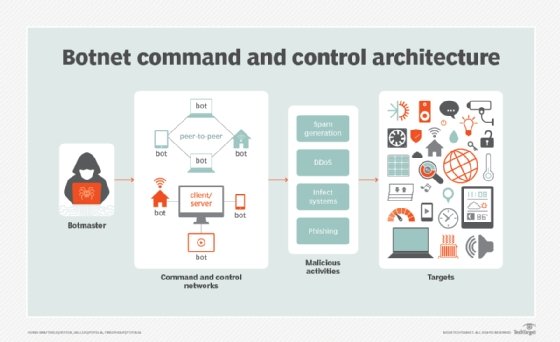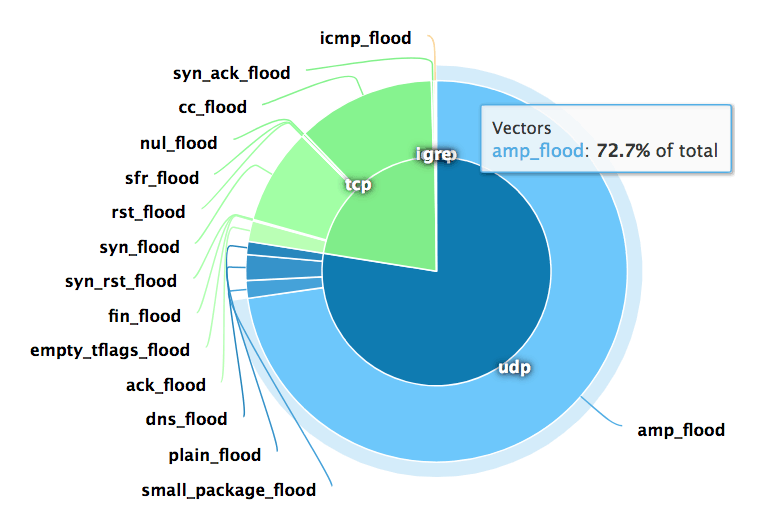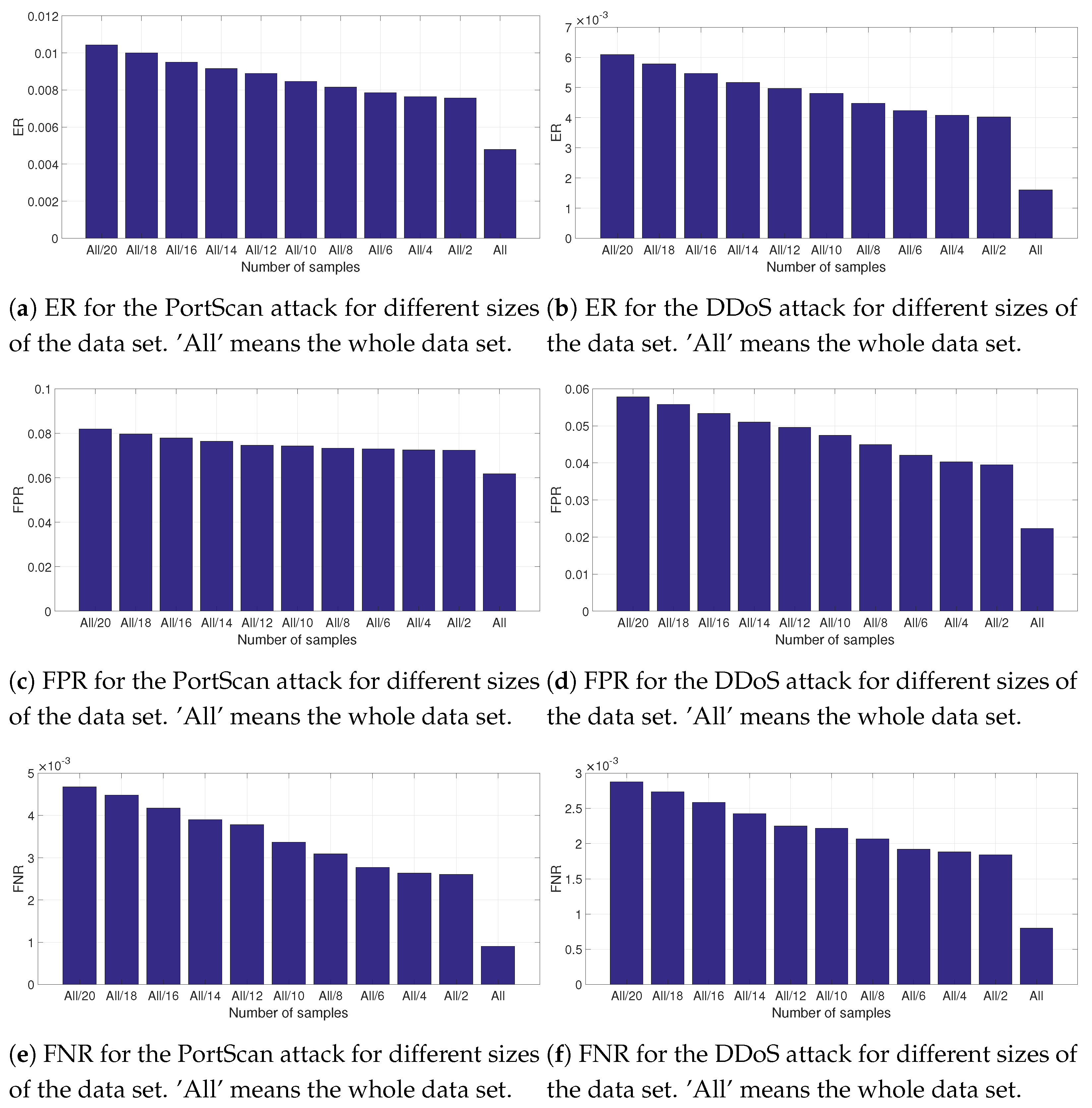
It will send to Cyberia all dark forces that make us shiver when we make a purchase on the internet, pose a threat to our very identities and have made DDoS a feared acronym. They can minimize the risk of other types of spoofing, however, by using secure encryption protocols like HTTPS - and only surfing sites that also use them.Sender Address Validation and Authentication (SAVA) is the silver bullet. The Seattle Internet Exchange (one of two in the world showing IPv6 traffic statistics) indicates that only about 11 percent of traffic has migrated to the newer, more secure protocol as of mid-November 2017.įor end users, detecting IP spoofing is virtually impossible. Most of the world's internet traffic still uses the previous protocol, IPv4. It makes IP spoofing harder by including encryption and authentication steps. Web designers are encouraged to migrate sites to IPv6, the newest Internet Protocol.

Placing at least a portion of computing resources behind a firewall is also a good idea.
FREE IPV6 DDOS ATTACK TOOL VERIFICATION
The options to protect against IP spoofing include monitoring networks for atypical activity, deploying packet filtering to detect inconsistencies (like outgoing packets with source IP addresses that don't match those on the organization's network), using robust verification methods (even among networked computers), authenticating all IP addresses, and using a network attack blocker.

Most of the strategies used to avoid IP spoofing must be developed and deployed by IT specialists. Considering that vulnerability, using simple authentication as a defense strategy is being replaced by more robust security approaches, such as those with multi-step authentication. Once a hacker breaches the network and makes it inside, it's easy to explore the system. The idea behind the "castle and moat" defense is simple: Those outside the network are considered threats, and those inside the castle are trusted.

In systems that rely on trust relationships among networked computers, IP spoofing can be used to bypass IP address authentication. Over time, hackers collect a wealth of confidential information they can use or sell. The receiving machines automatically transmit acknowledgement to the spoofed IP address and flood the targeted server.Īnother malicious IP spoofing method uses a "Man-in-the-Middle" attack to interrupt communication between two computers, alter the packets, and then transmit them without the original sender or receiver knowing. As a result, the automated attack is difficult to trace.Ī variation on this approach uses thousands of computers to send messages with the same spoofed source IP address to a huge number of recipients. Each botnet potentially contains tens of thousands of computers capable of spoofing multiple source IP addresses. Geographically dispersed botnets - networks of compromised computers - are often used to send the packets. In a DoS attack, hackers use spoofed IP addresses to overwhelm computer servers with packets of data, shutting them down.

This type of attack is common in Denial-of-Service (DoS) attacks, which can overwhelm computer networks with traffic. Because this occurs at the network level, there are no external signs of tampering. In IP spoofing, a hacker uses tools to modify the source address in the packet header to make the receiving computer system think the packet is from a trusted source, such as another computer on a legitimate network, and accept it. Each packet has an IP (Internet Protocol) header that contains information about the packet, including the source IP address and the destination IP address. The data transmitted over the internet is first broken into multiple packets, and those packets are transmitted independently and reassembled at the end. To start, a bit of background on the internet is in order. Of the several types of spoofing, IP spoofing is the most common. It's one of many tools hackers use to gain access to computers to mine them for sensitive data, turn them into zombies (computers taken over for malicious use), or launch Denial-of-Service (DoS) attacks. Spoofing is a specific type of cyber-attack in which someone attempts to use a computer, device, or network to trick other computer networks by masquerading as a legitimate entity.


 0 kommentar(er)
0 kommentar(er)
